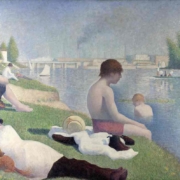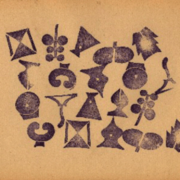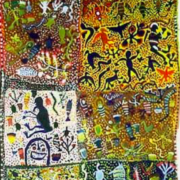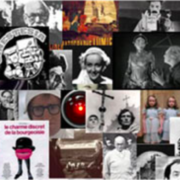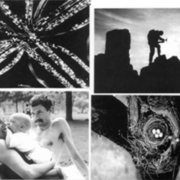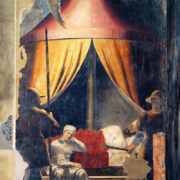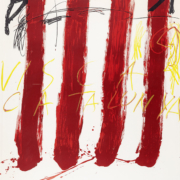From the top to words: conduction and transformation in a therapeutic group of children
Abstract
In my experience with groups of children (beginning age 4-5 years old, children with an intellective level in the average and with development blocks more or less important: sometimes I also included a child with a psychotic personality structure) I noted that the conductors have different functions, according to the group’s different moments, functions that I will try to illustrate through the history of this group. I would like to specify that these functions, in a developmental spiral model, cross each other and overlap, allowing the group to pass and the integrate itself from a sensorial, motorial, corporeal communication modality of affects to verbal communication modalities, using, as a bridge, the transitionality of playing. On a technical level in the expression they are free (playing, drawing, words, etc.) in a work trim in which the conductor himself can intervene in an active way, if the children ask his participation in playing and in moments in which introducing in the “field” functions of regulation and modulation of affects, seems necessary. The technical modality that we prefer is the one of a playful language (playing, stories, played interpretations) like an interactive and transformative instrument in a relational groupal context. According to Winnicott’s point of view we use the transitional area of playing like a mediator that allows to exteriorize, control at a certain distance, making tolerable, and introject, what is unknown to the Self, transformed.

